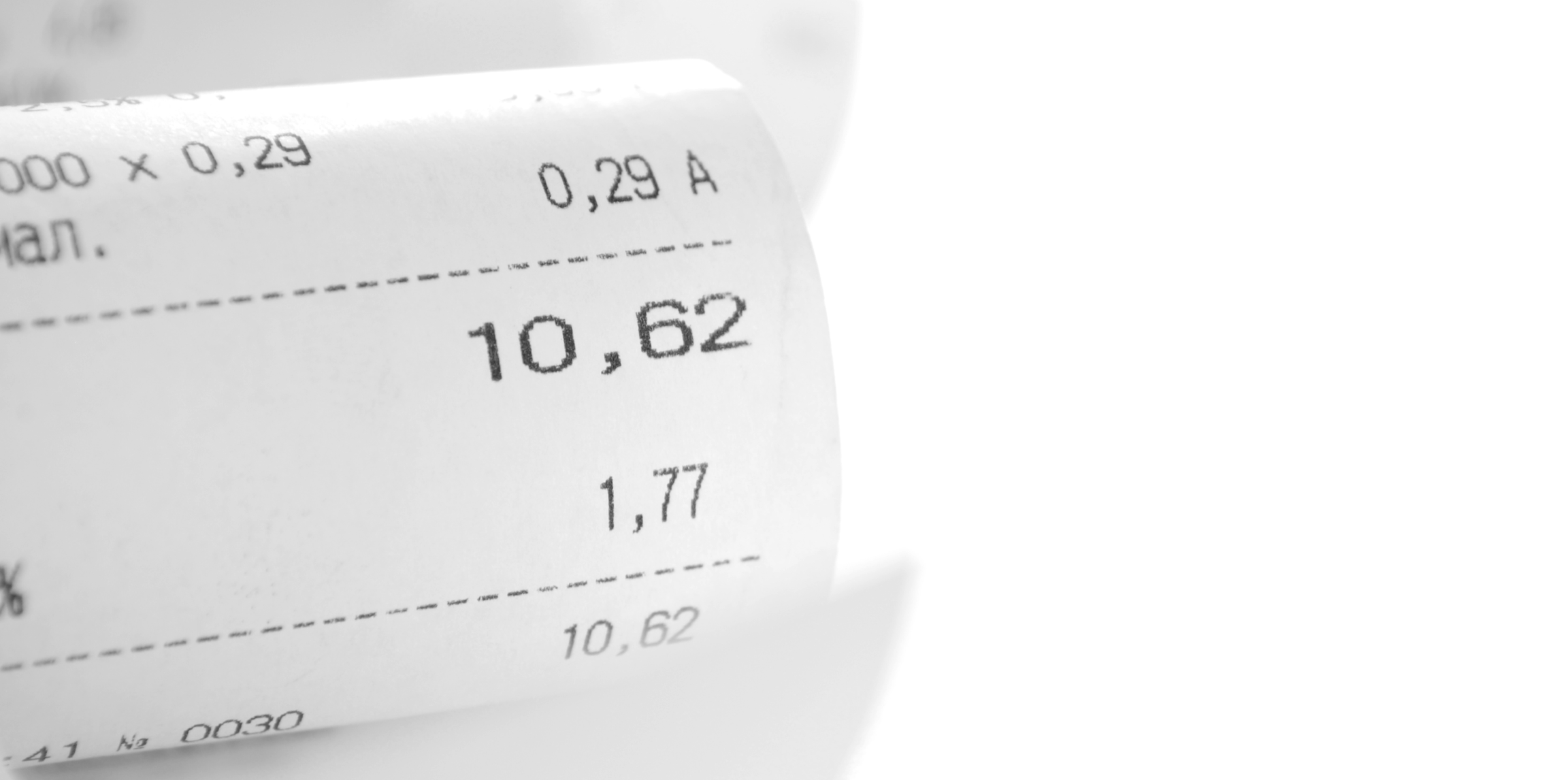Understanding Invoices:
Think of an invoice as a formal request for payment that a seller sends to a buyer. It's a comprehensive document detailing the goods or services provided, their corresponding costs, and the overall amount owed. What distinguishes an invoice from an estimate is that an estimate predicts job costs, whereas an invoice reflects the actual charges incurred upon job completion.
Invoices not only specify the total amount due but also include a payment due date, creating a clear timeline for the buyer. This document serves as a crucial aspect of the agreement between parties, capturing the specifics of the transaction in a transparent manner.
Exploring Receipts:
A receipt, on the other hand, holds significant weight as tangible proof that the buyer has settled the bill in full. It goes beyond merely documenting the amount paid, as it includes details such as the payment date and the method used. While an invoice focuses on the amount owed, a receipt confirms that the payment has been successfully made.

Distinguishing Features:
The primary divergence between invoices and receipts lies in their timing within a transaction. An invoice is dispatched after the goods or services are provided, while a receipt is issued at the conclusion of the transaction, signifying that full payment has been received. Additionally, an invoice's detailed breakdown of costs contrasts with a receipt's tendency to offer a more summarized view.
Common Ground:
Despite their divergent roles, invoices and receipts share similarities that contribute to effective business record-keeping. Both documents chronicle the sale of goods or services, featuring key information such as the names of the involved parties, items purchased or services rendered, payment amount, date of purchase or service, and the method of payment.
The provision of both invoices and receipts proves advantageous in enhancing payment rates and minimizing confusion regarding fees. Email delivery of these documents adds to the convenience, although obtaining the customer's signature remains a prudent practice to acknowledge receipt and agreement with the terms.
Can an Invoice Substitute a Receipt?
While invoices and receipts may appear similar, substituting one for the other is not recommended. An invoice functions as a bill documenting a purchase, whereas a receipt serves as evidence that the bill was settled. Neglecting to provide a proper receipt may lead to confusion and complications in the future, potentially hindering customers from proving their purchase.
In summary, the best practice involves issuing both an invoice and a receipt during a transaction. This meticulous approach ensures comprehensive documentation, leaving no room for uncertainty regarding payment completion.
